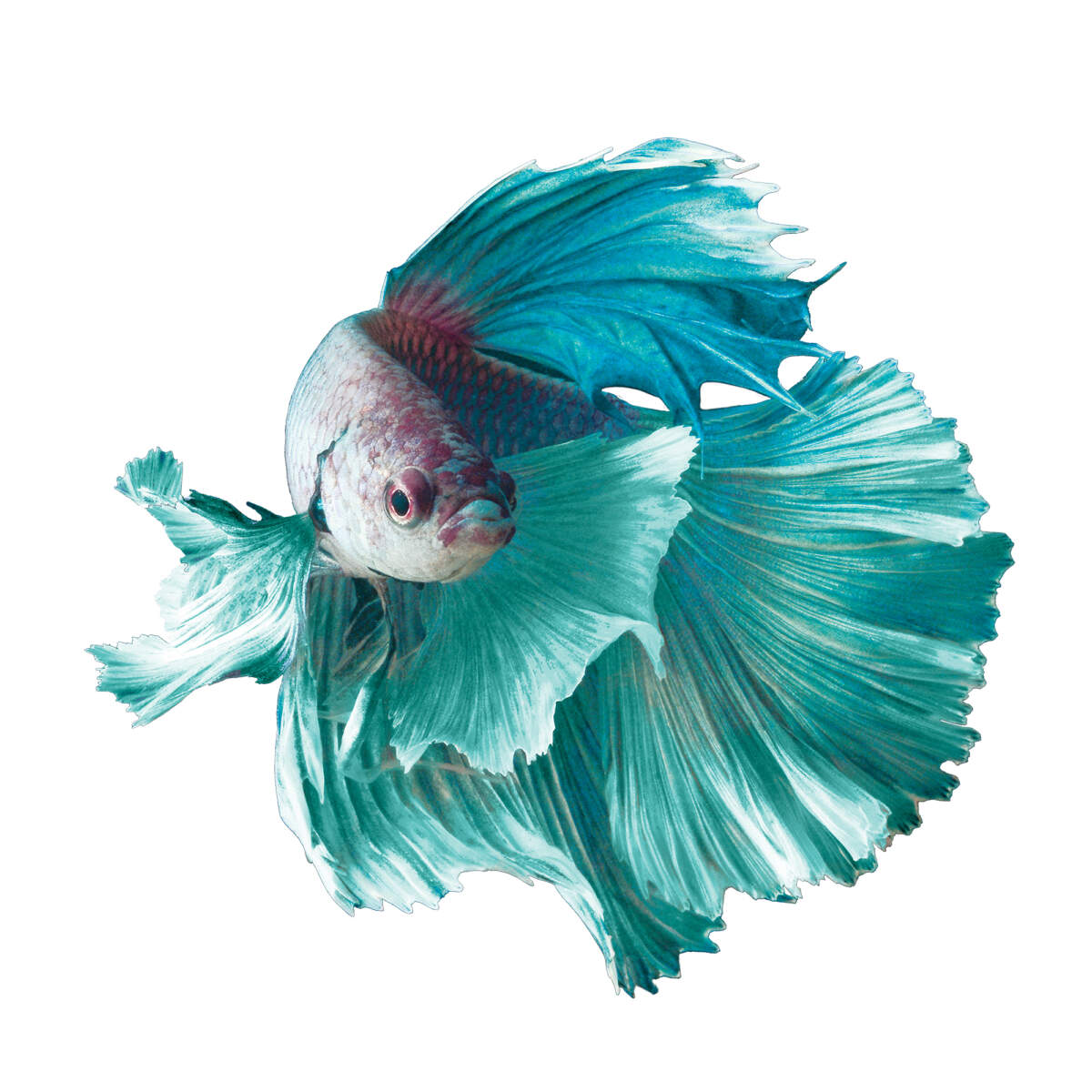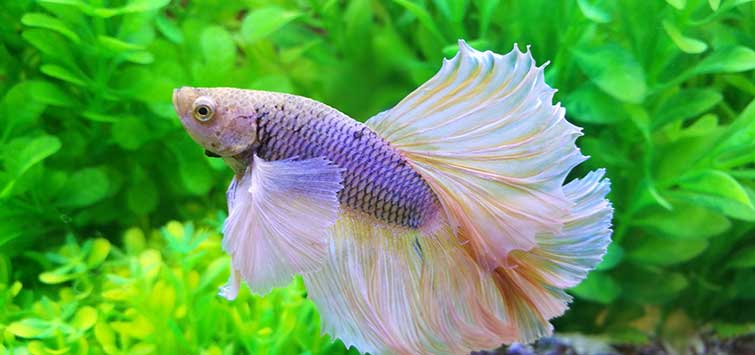Betta Fish Life-span: Exactly How to Ensure Your Betta Lives Longer
Betta Fish Life-span: Exactly How to Ensure Your Betta Lives Longer
Blog Article
Exactly How to Breed Betta Fish Effectively: Specialist Methods and Insights for Hobbyists Wanting To Expand Their Betta Collection
Reproducing Betta fish requires a nuanced understanding of genes and ecological problems, making it necessary for hobbyists to come close to the procedure with both persistance and treatment. Developing an optimal reproduction atmosphere, selecting the right pairs, and observing the details of their courtship behaviors are foundational steps that can substantially affect the outcome. Furthermore, the succeeding care of the fry is important for ensuring their healthy and balanced advancement. As we explore these vital parts, it ends up being clear that effective reproduction is not just about the first pairing yet encompasses a more comprehensive strategy that qualities cautious consideration.
Comprehending Betta Fish Genetics
Understanding the genes of Betta fish is vital for effective reproduction, as it affects qualities such as shade, fin shape, and behavior. Betta fish exhibit a diverse variety of colors and patterns, greatly figured out by their hereditary makeup. The primary genes responsible for pigmentation consist of the "B" gene for blue, "D" gene for red, and the "C" gene for color strength. Breeders can manipulate these qualities by picking details moms and dad fish that exhibit preferred attributes.
In enhancement to coloration, fin morphology is one more significant element of Betta genes (betta fish). The sizes and shape of fins are influenced by various genetics, including those that establish whether the fins are short, long, or veil-shaped. Comprehending these genetic variations assists dog breeders forecast the phenotypic outcomes of their spawn
Additionally, behavior qualities such as aggression and territoriality can additionally be influenced by genetics. These habits play a vital duty in the reproducing process, as they can affect spawning success and the total personality of the resulting fry. By adequately recognizing these hereditary principles, dog breeders can make enlightened choices, inevitably improving their breeding programs and attaining desirable outcomes.
Preparing the Breeding Environment
Developing an optimal reproduction atmosphere is essential for the effective reproduction of Betta fish. The initial action in preparing this environment is to select an appropriate reproduction container, preferably ranging from 5 to 10 gallons.
Next, consider the use of a sponge filter or an air rock to supply mild water flow without creating strong currents that can worry the fish. It is vital to install plants or reproducing cones to provide concealing spots and advertise convenience for the lady throughout the spawning procedure. Floating plants, such as Java moss or water sprite, can additionally create a more natural surroundings while helping with bubble nest building by the man.
Prior to presenting the breeding pairs, make sure the water is conditioned and devoid of hazardous chemicals, such as chlorine or hefty steels. betta fish. Normal water modifications should be carried out to keep ideal water top quality, improving the chances of successful breeding. With these preparations in place, the reproducing atmosphere will sustain the wellness and health of both Betta fish
Selecting Breeding Pairs
Selecting the best reproduction pairs is critical for attaining successful Betta fish recreation. Healthy and balanced Betta fish show vibrant shades, clear eyes, and energetic habits.
Personality is an additional important factor to consider, as Betta fish are known for their hostile nature. It is suggested to choose a man and woman that show compatible personalities to reduce stress during the breeding process. A calm male can motivate a smoother courtship, while a lady that is as well hostile may interfere with the process.
Hereditary history likewise plays a substantial duty in the quality of the offspring. Reproducing fish that are genetically varied can decrease the risk of genetic health issues and boost the general vitality of the fry. It is beneficial to research the family tree of both the male and female, focusing on preferable characteristics such as fin kind, color scheme, and dimension.
The Breeding Process
The breeding procedure of Betta fish needs cautious planning and focus to detail to ensure an effective result. It is important to prepare an ideal breeding tank, preferably a 5-10 gallon aquarium with a temperature level preserved at 78-80 ° F. The storage tank needs to be furnished with a heater, filter (preferably sponge kind to stay clear of strong currents), and plenty of aquatic plants for the woman to conceal.
When the atmosphere is set, introduce the chosen breeding set to the storage tank, permitting them to acclimate. Observe their behavior; the man will present elaborate courtship rituals, including flaring his fins and developing a bubble nest. If the female reveals passion, she will certainly show vertical red stripes showing readiness for spawning.
When the woman is receptive, the pair will certainly involve in a breeding welcome, throughout which the male feeds the eggs. Preserving optimal water problems during this period here are the findings is crucial for the advancement of healthy Betta fry.
Caring for Betta Fry

Feeding Betta fry is important, as they require a diet high in healthy protein. They can be fed infusoria or fluid fry food, transitioning to carefully crushed high-grade pellets as they expand. Feed tiny portions multiple times a day to motivate healthy additional hints and balanced development without overwhelming the storage tank with uneaten food.

As they develop, check their development closely and divide any hostile individuals to avoid injury. By supplying a supporting setting and appropriate nourishment, enthusiasts can effectively raise Betta fry into lively, healthy fish, inevitably enhancing their breeding endeavors.
Conclusion
Successful Betta fish reproduction requires thorough attention to genetic selection, ecological conditions, and treatment for the fry. By understanding the genes of Betta fish and preparing look at this web-site an appropriate reproduction atmosphere, hobbyists can boost the opportunities of creating dynamic, healthy and balanced spawn.
Report this page